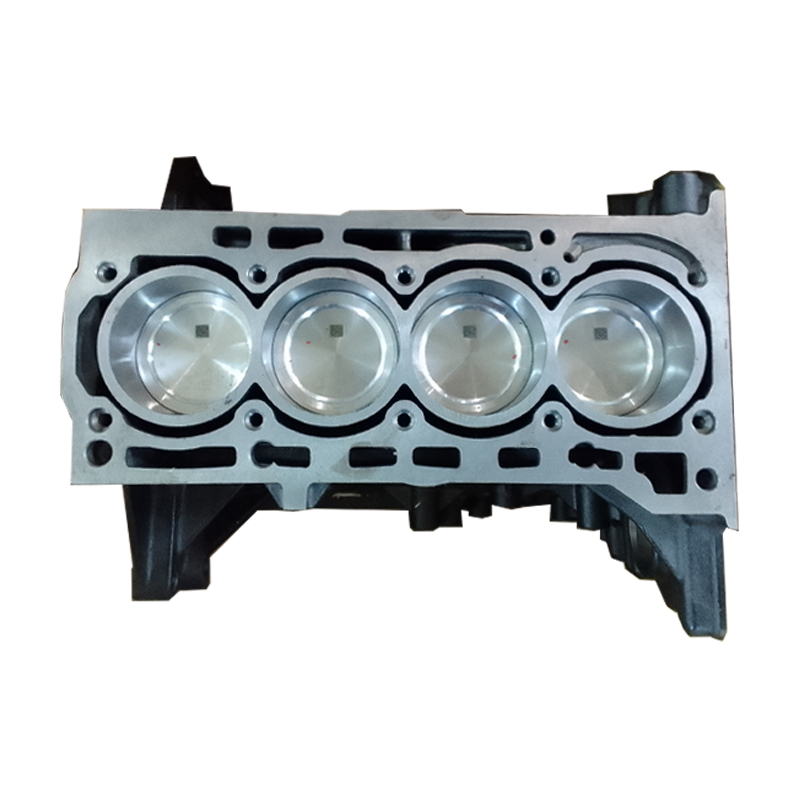How a Clp Engine Can Improve Efficiency in Various Industries
The development of CLP engines notes a considerable shift in operational efficiency across numerous industries, driven by their ability to maximize gas usage and lessen downtime. As organizations increasingly prioritize sustainability together with efficiency, the duty of CLP engines becomes also more important.
Introduction of CLP Engines
CLP engines, or Continuous Fluid Propellant engines, stand for a considerable advancement in propulsion technology, particularly for room applications. These engines use a continual feed system that permits the continual expulsion of propellant, resulting in improved effectiveness and efficiency contrasted to traditional strong or hybrid propulsion systems. By keeping a constant circulation of fluid propellant, CLP engines can achieve extra accurate thrust control, which is critical for steering spacecraft in numerous goal situations.
The design of CLP engines integrates advanced products and ingenious fuel management systems. clp engine. This leads to decreased weight and increased integrity, important elements for long-duration area goals. Furthermore, the continuous procedure lessens the danger of burning instability, a typical challenge in standard rocket engines.

Benefits in Manufacturing
The production of Continual Liquid Propellant (CLP) engines presents a number of noteworthy advantages that improve both effectiveness and cost-effectiveness. One of the key benefits is the streamlined manufacturing procedure, which reduces the intricacy connected with traditional propulsion systems. By utilizing liquid propellant, manufacturers can accomplish better precision in engine efficiency, leading to optimized energy output and minimized waste.
Additionally, CLP engines assist in a greater level of modularity, permitting for much easier combination into numerous manufacturing lines. This flexibility can significantly reduce preparations and enhance general operational flexibility. The use of CLP technology also often tends to minimize the requirement for substantial upkeep as a result of less relocating components, which equates right into reduced downtime and functional prices.

Applications in Logistics
Leveraging Constant Liquid Propellant (CLP) engines go to my blog in logistics uses significant advantages in functional efficiency and dependability. These engines provide a durable service for different transportation requirements, enabling the seamless movement of goods across substantial distances. The integral style of CLP engines permits constant power output, which converts right into smoother and a lot more foreseeable transport schedules.
One of the vital applications of CLP engines in logistics remains in durable products transport, where they can drive both ground and airborne lorries. Their capability to maintain high performance under differing lots conditions makes certain that delivery timelines are met, consequently improving customer fulfillment. Furthermore, CLP engines can be integrated into automated logistics systems, facilitating real-time monitoring and optimizing path preparation.
Additionally, the longevity of CLP engines decreases maintenance downtime, enabling logistics business to optimize their functional capacities. This is specifically advantageous in warehousing procedures, where effectiveness in managing and transferring products is crucial. As logistics continues to progress, the combination of CLP engines stands for a forward-thinking technique that not only enhances performance but also supports the industry's expanding needs for dependability and speed.
Influence On Energy Efficiency
Exactly How do Continuous Fluid Propellant (CLP) engines boost power efficiency in transportation? CLP engines make use of a regular flow of fluid fuel, optimizing burning procedures and maintaining a steady drive outcome. This design reduces power losses related to standard burning engines, where gas distribution have a peek at this website can vary and cause ineffectiveness.
The continual operation of CLP engines allows for a more effective thermal cycle, causing greater specific impulse compared to standard engines. clp engine. This equates to decreased fuel consumption for the exact same amount of job done, substantially reducing functional costs throughout different transportation industries, including air travel and maritime industries
In addition, the ability of CLP engines to preserve optimal efficiency under differing load conditions minimizes the requirement for regular velocity and deceleration, additionally boosting gas effectiveness. Boosted power effectiveness not just adds to set you back financial savings however additionally leads to lower greenhouse gas exhausts, straightening with worldwide sustainability objectives.
Future Trends and Innovations
Arising improvements in Continual Liquid Propellant (CLP) engine technology assurance to change the landscape of transport efficiency and sustainability. As industries pivot toward greener options, CLP engines stand at the center, integrating here are the findings innovative products and style methodologies that enhance efficiency while lessening environmental effect.
Among one of the most encouraging fads is the fostering of crossbreed systems that incorporate CLP engines with renewable power sources. This synergy can maximize gas intake and decrease emissions, lining up with worldwide sustainability goals. Moreover, innovations in computational fluid dynamics (CFD) are helping with the design of even more aerodynamically effective engines, leading to minimized drag and enhanced fuel performance.
Moreover, the advancement of clever monitoring systems is established to enhance functional performances. These systems utilize data analytics and IoT modern technology to enhance engine performance in real-time, making sure that the engines run within their most reliable criteria.
As research study proceeds to explore different propellant formulations-- such as biofuels and artificial fuels-- the future of CLP engines looks appealing. By harnessing these technologies, markets can not just improve their performance yet likewise contribute substantially to a cleaner, extra lasting future in transport.
Final Thought
Finally, CLP engines represent a substantial improvement in efficiency throughout multiple industries. Their capability to maximize gas usage and lower functional costs, incorporated with a continuous feed system, enhances power result and functional integrity. The assimilation of innovative products and fewer relocating components minimizes upkeep requirements, while positioning with sustainability goals settings CLP engines as a crucial modern technology for the future. Proceeded development in this field guarantees further renovations in efficiency and ecological performance.